Gut health isn’t the most glamorous of topics, but as many as 1 in 10 people regularly suffer from gastric symptoms like nausea, bloating, or cramping after eating. Figuring out exactly what’s causing stomach misery is not easy without invasive tests. But New Zealand-based startup Alimetry has developed a wearable device that can speed up diagnosis of functional gastric issues.
The noninvasive wearable consists of a flexible electrode array that’s applied to the patient’s stomach where it’s able to pick up electrical activity produced by their gut. Cloud-based analysis — including the use of artificial intelligence to help extract signal from digestive noise — turns the captured data into useful clinical biomarkers to support patient diagnosis.
The startup has just taken in a second tranche of Series A funding — $18 million, led by VC firm GD1 — on top of roughly $10 million it pulled in through an earlier Series A raise in 2021. It also raised seed funding back in 2019 the year it was founded.
Listen to your gut
“It’s much like the heart; the gut runs on a natural electricity, and that electricity causes it to move,” explains co-founder and CEO Dr. Greg O’Grady. “Those electrical rhythms and currents are really weak. They’re about 100 times weaker than the heart, which makes it really difficult to detect them.
“People have known about them for a long time, but no one’s been able to get at it reliably for clinical use — unlike the heart, which is obviously very mature and a huge industry now — and so the secret to cracking it has been taking a really high-resolution approach. And it’s only really been recently, through advances in stretchable electronics, wearables, and in AI, that we have really cracked the code to make this possible.”
To use the device, a patient attends a clinic where Alimetry’s device is applied and a benchmark recording of their gut activity is taken. They remain in situ while they consume a light meal still wearing the device, allowing data to be captured as their stomach works. The patient also logs any symptoms they experience in Alimetry’s app during the test.
The entire session (from benchmark to active gut recording) lasts a few hours, after which the device is removed, and Alimetry’s analysis of the data is sent to their doctor as a downloadable report to support diagnosis.
O’Grady says the data it presents enables clinicians to determine which phenotypes (or descriptive categories) apply to their patient’s condition to help personalize treatment.
“One of the main things we can do, for example, that’s unique to what we do, is we can diagnose whether a patient has a true gastric neuromuscular disorder or not, and completely noninvasively,” he tells TechCrunch, saying this is a major advance for diagnostics of functional gastric complaints.
The startup is using a “very high density” array of 64 electrodes to dial up its ability to capture stomach activity. The array itself is a single-use device but another component of Alimetry’s product (the reader) can be cleaned and reused after each patient use.
Alimetry’s business model entails selling the hardware to hospitals. Currently it does not have any software or licensing fees on top of that, but that may change as it continues to develop the product and add more features.
FDA approvals
Alimetry has been testing its “gastric alimetry” wearable with more than 30 hospitals in the U.S. market, the U.K., and New Zealand for several years. It’s also obtained four clearances from the U.S. Food and Drug Administration, for the device to be used as a diagnostic aid; the company will be applying for more approvals as it continues to evolve the product.
The startup thinks its technology could have additional uses to support diagnostics in pediatrics and for issues affecting the colon. But its first product is focused on stomach complaints. “It’s a brand-new class of technologies, and we’ve been developing it really fast,” O’Grady says, adding: “As we discover new features, we put them through the FDA as soon as possible, then make them into the product. And we’re definitely not done.”
He says the (recent) addition of AI-based data processing has greatly enhanced its ability to pluck useful signal from gastric noise.
“We had a huge number of algorithms that would filter and process and analyze that data and present it to the clinician, and it only became possible once we’d done that a few thousand times that we could use the AI,” he says. “And it’s dramatically impressive how superior [it is] — we thought our algorithms were already excellent, but it’s really been, you know, almost surprising how dramatically superior they are at eliminating noise through that training process. But it required a very large dataset [before we could train neural networks].”
The version of the product that incorporates AI will be submitted to the FDA for approval next quarter, per O’Grady.
Building utility
While Alimetry’s wearable could be a boon for diagnosis of functional gastric disorders, like chronic nausea, O’Grady confirms that this noninvasive “body surface gastric mapping” approach is not going to be able to help with chasing down the cause of every type of gut health issue. But it could still help doctors narrow down the list of potential causes of stomach complaints.
“We don’t have all of the answers within that category,” he says. “For example, we don’t detect things like the microbiome and influences that can have and immune reactions and so on. And so there’s always going to be a range of patients who require other testing.”
“That’s the way it is with the gut,” he adds. “It’s a pretty complex system, but we know that there’s a very large number of patients within that functional group who we can significantly help.”
Asked whether Alimetry’s wearable technology could automate diagnosis of relevant health complaints in the future, O’Grady reckons it will be possible — although such a product would require a likely higher risk class of regulatory approval. For now, the device sits firmly in the clinician support category with human doctors in the loop.
The startup’s Series A2 funding will be used for the next stage of commercialization as it seeks to build on a controlled market release it started in 2022 by getting more hospitals regularly using its kit to support diagnosis of neuromuscular gut disorders, sensory disorders, and gut-brain disorders.
“We’re opening ourselves up to more hospitals,” he says, stressing that expanding access will be more gradual, rather than a big bang. “We work closely with the hospitals to make sure that the reimbursement billing is successful, and that requires quite a bit of effort at the moment. And once those barriers start to come down, then we will be spreading out — but we’ve got a reimbursement code that came through in July, a CPT III code, that’s specific to this device, and that’s going well.”
The U.S. market will remain the company’s main focus as it continues its commercialization journey, per O’Grady. Thus far, Alimetry has about 4,000 tests recorded — but the medtech will be hoping to build on that by reaching many more patients in the coming years.
Commenting on the device in a supporting statement, Dr. Bu’ Hayee, a professor of gastroenterology at King’s College London, said the wearable is “transforming how we approach patients with various gastric disorders,” adding: “It’s difficult not to get over-excited about this.”
Other investors in Alimetry’s A2 funding round are AGA Ventures (the fund of the American Gastroenterological Association), Icehouse Ventures, and Olympus Innovation Ventures, along with follow-on from existing investors.

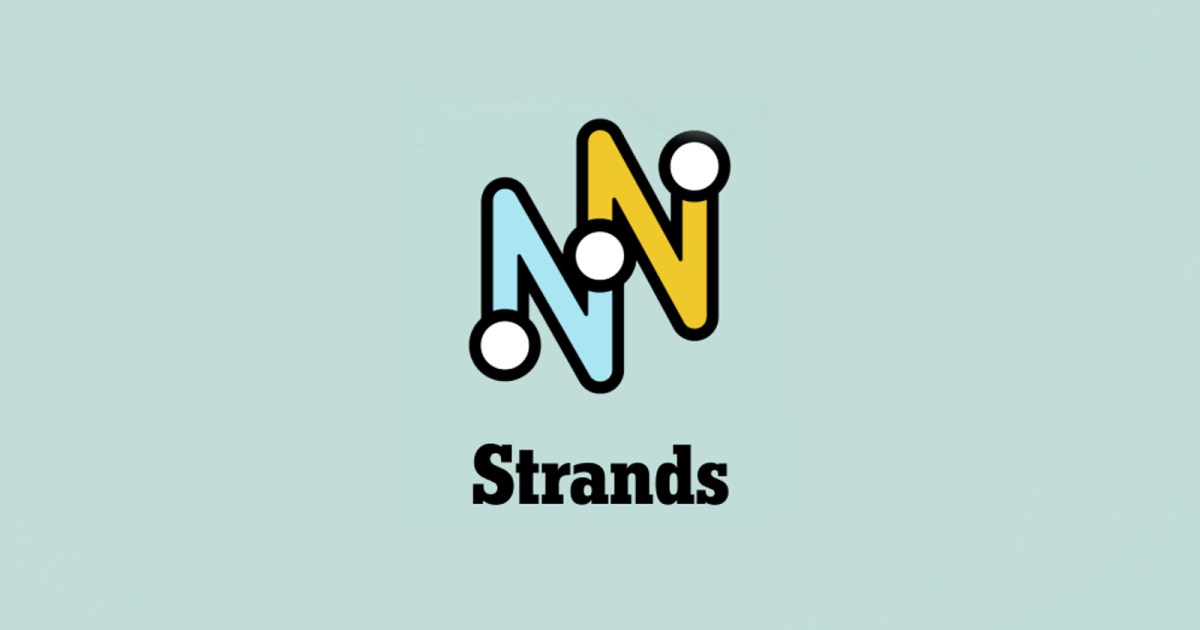
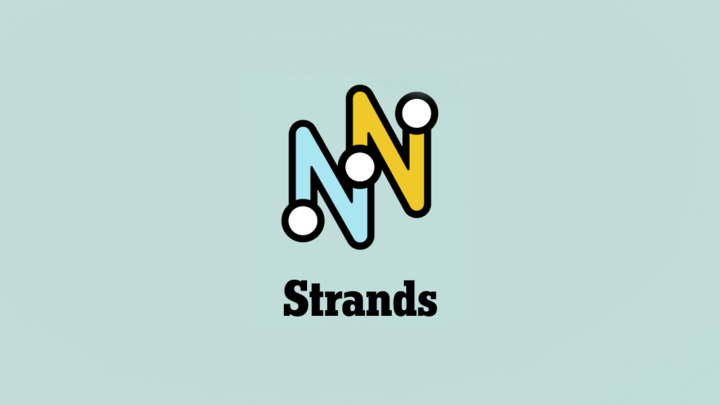
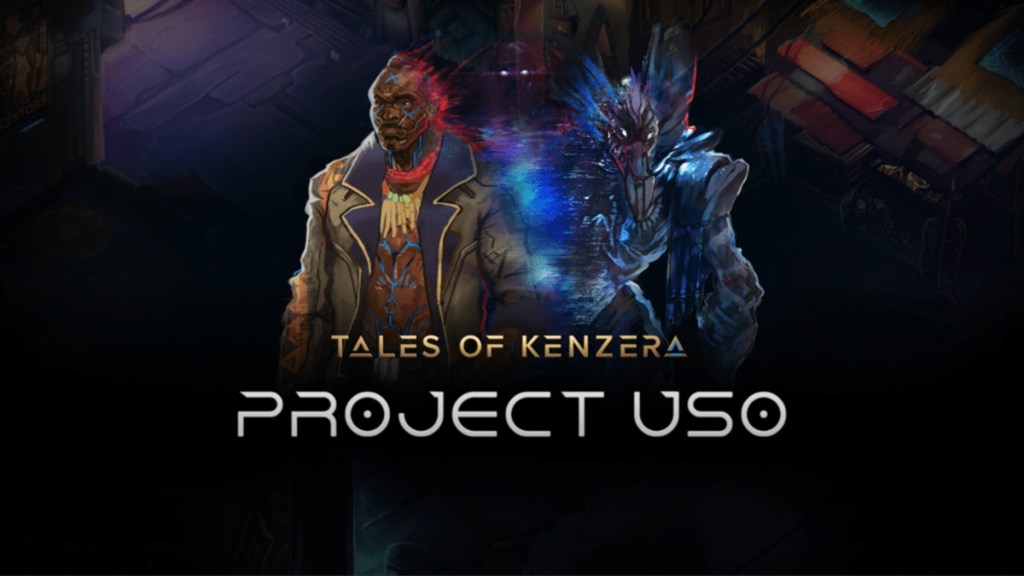
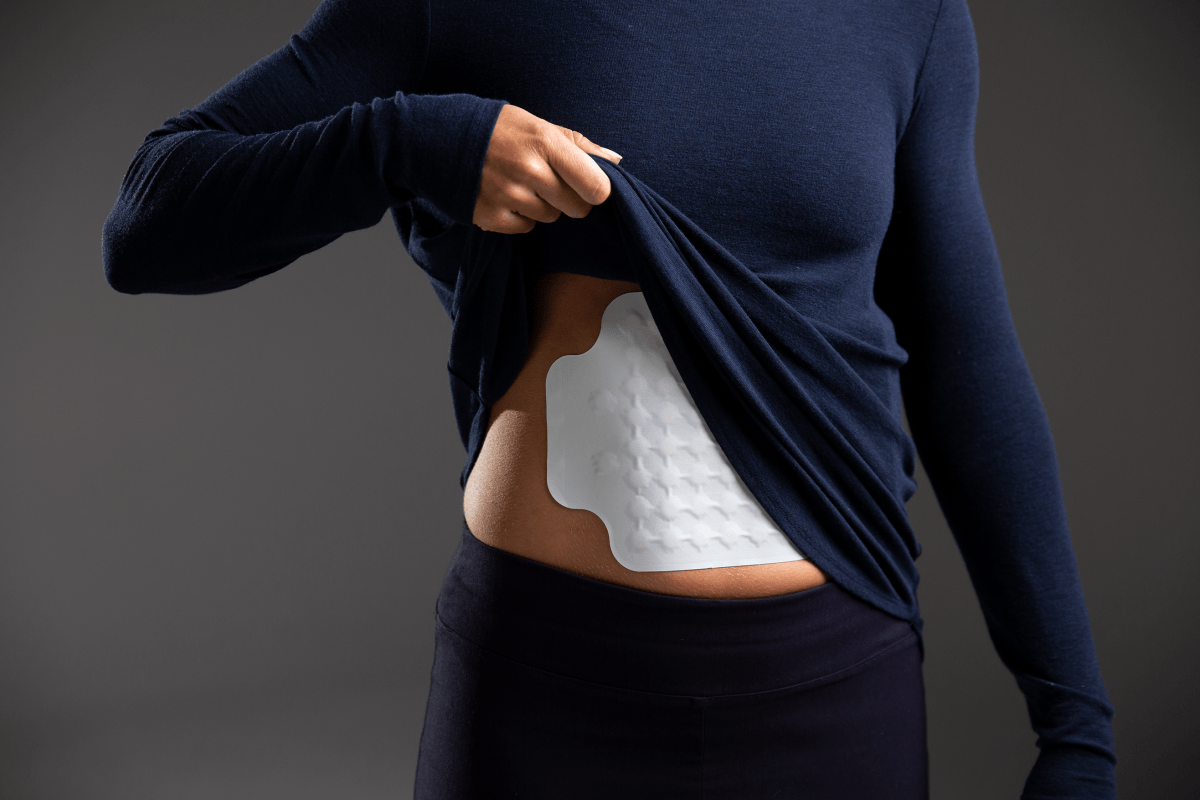

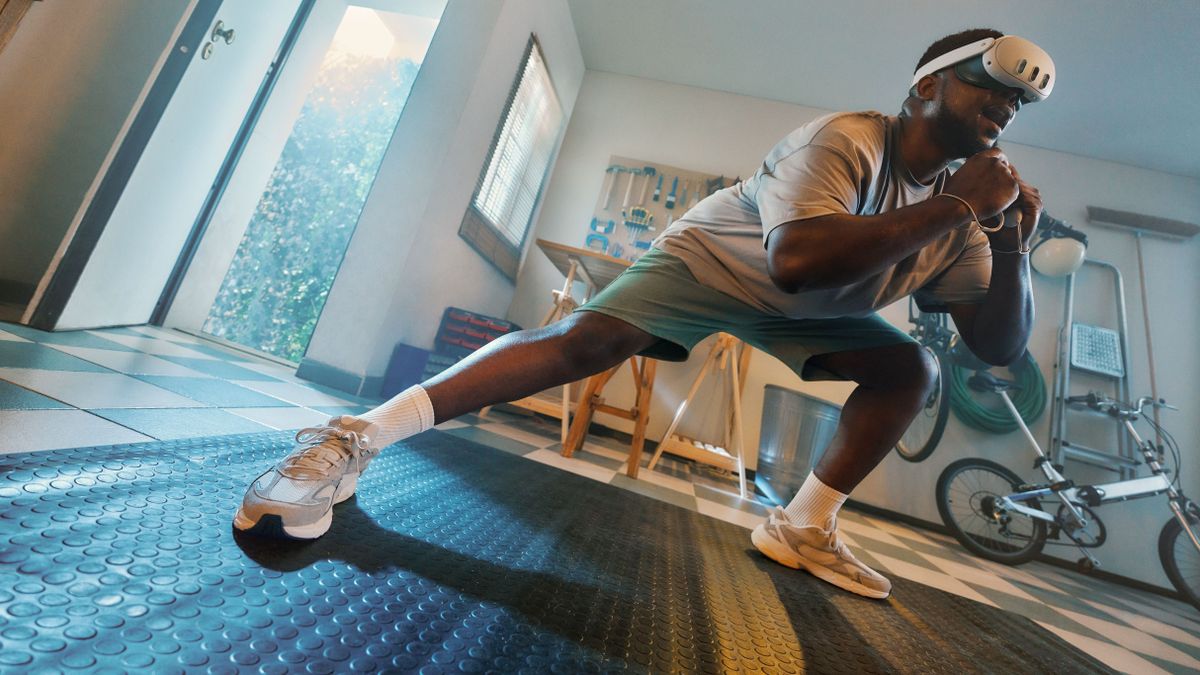


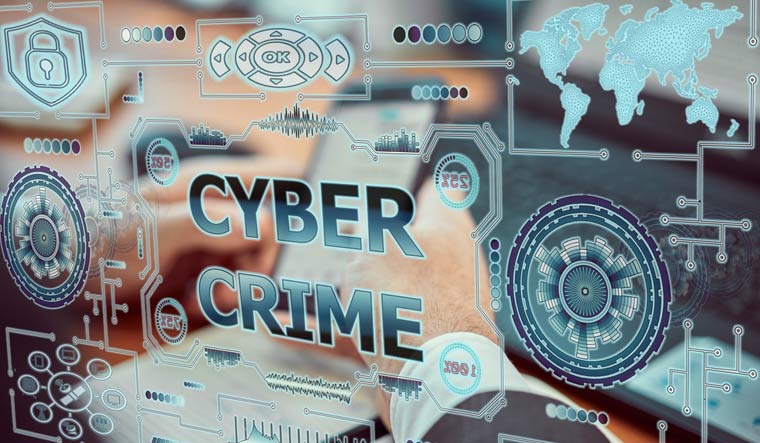


































































































































































You must be logged in to post a comment Login